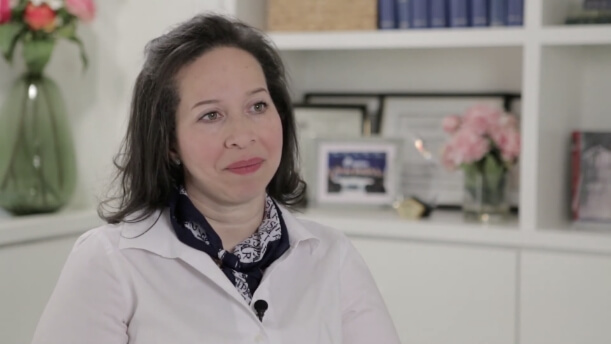
Lymphedema: Tips on Coping with the Side Effects of Breast Cancer Treatment
The American Cancer Society estimates that more than 268,000 new cases of breast cancer will be diagnosed in 2018. These women will be treated with various combinations of surgery, radiation, and chemotherapy that will leave them vulnerable to a range of side effects, one of which, lymphedema, might not show up until months or even years later. Lymphedema is characterized by swelling, usually of the arm, caused by removal or damage to the lymph nodes during cancer treatment. When lymphatic fluid can’t drain properly, it backs up and causes swelling. We can’t predict who will develop lymphedema but we can take steps to minimize risk and with early diagnosis and care of the affected arm.
The lymphatic system is part of the body’s immune system. It circulates lymphatic fluid throughout the body, a thin, colorless fluid that collects bacteria and waste products that are ultimately flushed out of the body. Surgical treatment of breast cancer often involves removing several lymph nodes from under the arm on the same side as the affected breast. The lymph nodes are examined under a microscope to look for cancer cells that might have drained from the breast into the lymph nodes. Radiation therapy can damage the delicate lymphatic vessels or even the lymph nodes themselves. Over time, this damage to the lymphatic system disrupts the flow of lymphatic fluid, which can then build up and cause the arm to swell.
Anyone who has had lymph node surgery or radiation therapy is at risk for developing lymphedema. Risk is higher when a larger area of the chest and underarm are treated with radiation and when a larger number of lymph nodes are removed. Axillary lymph node dissection, which removes many lymph nodes, conveys a higher risk of lymphedema than the less invasive sentinel lymph node biopsy, which removes fewer lymph nodes. Women who are overweight or obese are more likely to develop lymphedema.
Some risk factors, such as the type of cancer treatment required, are not under the patient’s control. That said, we can provide guidelines for postoperative care that can reduce risk, and we can also identify early symptoms of trouble that can make lymphedema more responsive to treatment.
- In the first few days after surgery, elevate the arm above the level of the heart a few times a day.
- Try to protect the arm from injury or inflammation from cuts, burns, sunburn, and bruises.
- Avoid overuse or stress on the arm – strenuous exercise, heavy lifting, extremely hot or cold temperatures – and anything that constricts the arm, like tight-fitting clothing.
The initial indications of lymphedema can be hard to detect. It’s important to be alert to subtle changes in feeling in the hand and arm even without visible swelling – tingling or numbness that comes and goes; rash, warmth or itching; or rings and bracelets that feel tight. Don’t delay seeing the doctor. As time goes on, it is more likely that the lymph will build up in the tissues and that lymphedema will become a persistent and damaging condition.
Treatment of lymphedema may involve a combination of options including compression sleeves, specific exercises, and massage therapy that helps guide the lymphatic fluid out of the arm. Treatment depends on the severity of the condition. Mild lymphedema may flare up occasionally with minor swelling and respond well to periodic treatment. Late-stage lymphedema may be more severe and persistent and require ongoing treatment. We have many options for treating lymphedema at every stage. Women who are at risk must continue to be vigilant in protecting their hands and arms, pay attention to even the smallest changes, and work closely with their medical teams to minimize the damaging effects of lymphedema.


